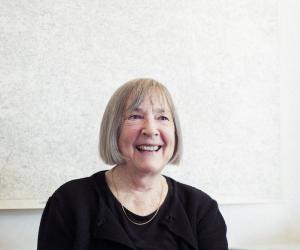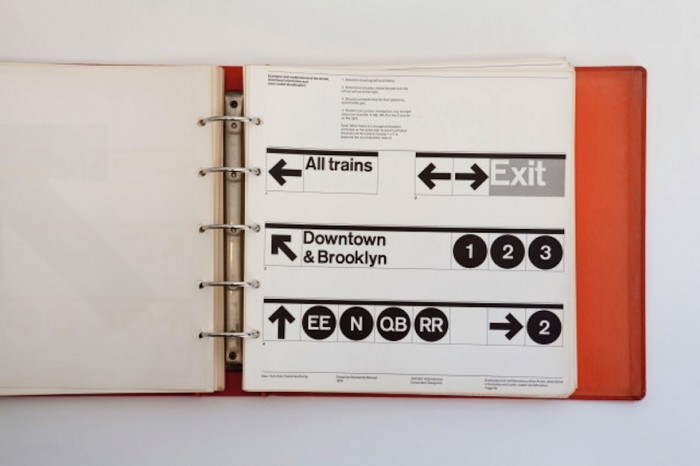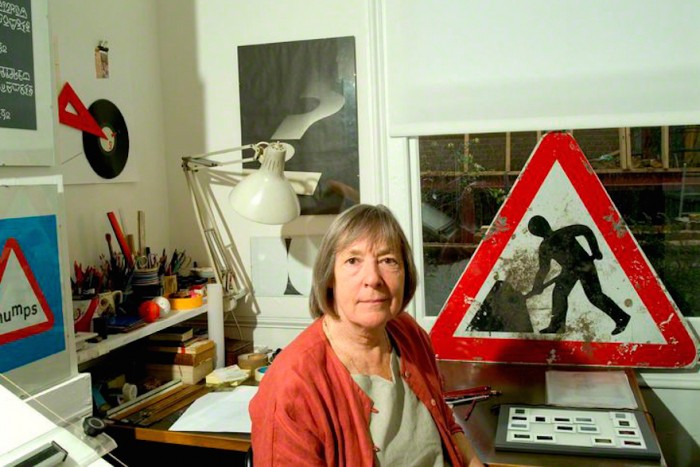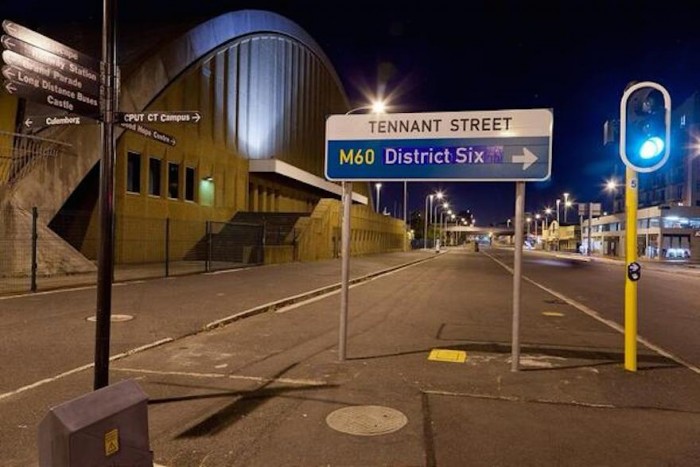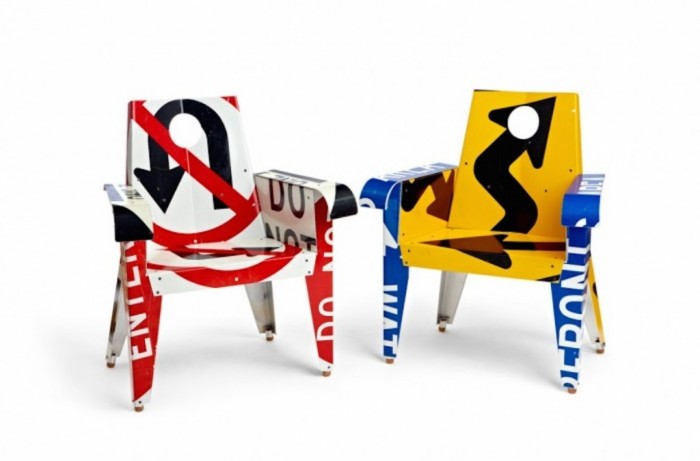Street signs are so ubiquitous we tend to regard them as urban wallpaper that disappears into the background. But as these four very different creative thinkers illustrate, their universal ability to communicate and their iconic appearance gives them their power.
Style reference
When Massimo Vignelli and Bob Noorda redesigned the map and signage for New York City’s subway system in 1966, they helped define the city’s very identity and set a touchstone for urban wayfinding all over the world. So when a copy of their NYC Transit Authority Graphics Standards Manual turned up in the basement of design firm Pentagram, a group of designers decided it needed a more formal life as a book on lessons for signage design. Read more about the book.
British pioneer
British typographer Margaret Calvert, who designed many of the road signs on the UK’s road network, talks about how she approached the job from the driver’s point of view in this exclusive interview.
Renaming districts
Cape Town-based artist Haroon Gunn Salie subverts the political power of street signage in his work “Zonnebloem Renamed”, where he replaced street signs in Cape Town’s city centre with the words “District Six”. He did, he says in this exclusive video interview, to awaken the ghosts of apartheid.
Graphic furniture
Finally, at the other end of street signs’ life cycle is American designer Boris Bally’s furniture. Discarded ‘Stop’ and ‘Yield’ signs provided the material for his work – quite literally. Have a look at his designs.



